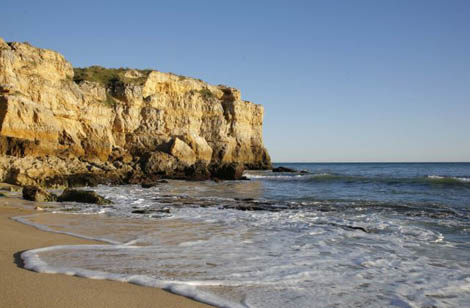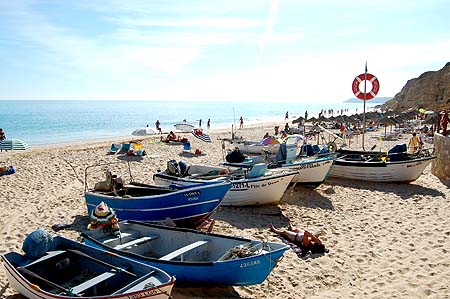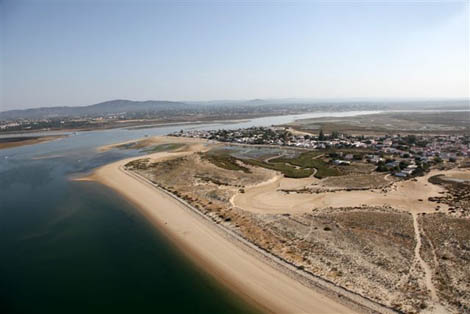 Albufeira is the municipality with the highest number of golden quality beaches (with 18 bathing areas), followed by Almada and Vila Nova de Gaia (15), Vila do Bispo (12), Torres Vedras (11) and Grândola (10), today announced Quercus.
Albufeira is the municipality with the highest number of golden quality beaches (with 18 bathing areas), followed by Almada and Vila Nova de Gaia (15), Vila do Bispo (12), Torres Vedras (11) and Grândola (10), today announced Quercus.
The Algarve is also the region of the country with the highest number of “golden” beaches: 74.
In a total of 526 bathing areas across the country, the environmental association distinguishes 290 this year, four more than in 2011. Despite this, the number of beaches with “poor” quality has increased (six, five more than in 2011) and the number of bathing areas with “excellent” quality decreased.
The county with the highest number of inland beaches with gold quality is Pampilhosa da Serra, with two beaches.
In the Algarve, the 74 beaches with golden quality are distributed in Albufeira (18), Aljezur (9), Castro Marim (2), Faro (3), Lagoa (4), Lagos (4), Loulé (5), Olhão (3), Portimão (3), Silves (3), Tavira (4), Vila do Bispo (12) and Vila Real de Santo António (4).
On the Alentejo coast, the record holder is the municipality of Grândola, with 10 beaches, followed by Odemira (6) and Sines (3).
 At the beginning of the main bathing season, which takes place this Friday, June 1st, and as has been done every year, Quercus takes stock and perspective of the quality of bathing water in Portugal, based on the information publicly available, made available by the Water Institute through the National Water Resources Information System (SNIRH).
At the beginning of the main bathing season, which takes place this Friday, June 1st, and as has been done every year, Quercus takes stock and perspective of the quality of bathing water in Portugal, based on the information publicly available, made available by the Water Institute through the National Water Resources Information System (SNIRH).
Quercus emphasizes that «compared to the previous bathing season, there was a significant decrease in beaches with excellent quality, going from 95% to 85% in the case of coastal or transitional beaches, and from 75% to 54% in what concerns to inland waters'.
The association considers that «there is still some vulnerability to pollution, especially in inland waters, namely with regard to flaws in basic sanitation and the problems of watershed management, which will be at the origin of the bad analyses. in many cases it is still not possible to identify a clear cause'.
What are the criteria?
 At the beginning of every bathing season, Quercus assigns the classification of «golden quality beaches» to the country's bathing areas whose water presents the best results in terms of quality.
At the beginning of every bathing season, Quercus assigns the classification of «golden quality beaches» to the country's bathing areas whose water presents the best results in terms of quality.
In order to be classified as a beach with gold quality, a bathing area must meet the following criteria:
– Good water quality in the three bathing seasons between 2007 and 2009 (“good” was, until 2019, the best possible quality according to previous European legislation);
– Excellent water quality in the last two bathing seasons of 2010 and 2011;
– All the analyzes carried out in the last bathing season (2011) were excellent.
This assessment carried out by Quercus is more limited compared to the attribution of Blue flag, based only on the water quality of the beaches, despite being more demanding in this specific aspect.
The general classification of beaches in terms of water quality is provided by the Instituto da Água under national and community legislation (data available on the website snirh.pt).
Quercus' objective is to «highlight the beaches that, over several years (five, in this case), systematically present good quality or excellent quality (taking into account the classification of the legislation in force), and which, in this sense, offer a greater reliability with regard to water quality'.
This list does not include bathing areas less than five years old and those that have only recently had their pollution problems resolved or where any analysis of less than excellent quality has been verified in the last bathing season.
Learn More here is the complete list of beaches with Golden Quality:


















Comments